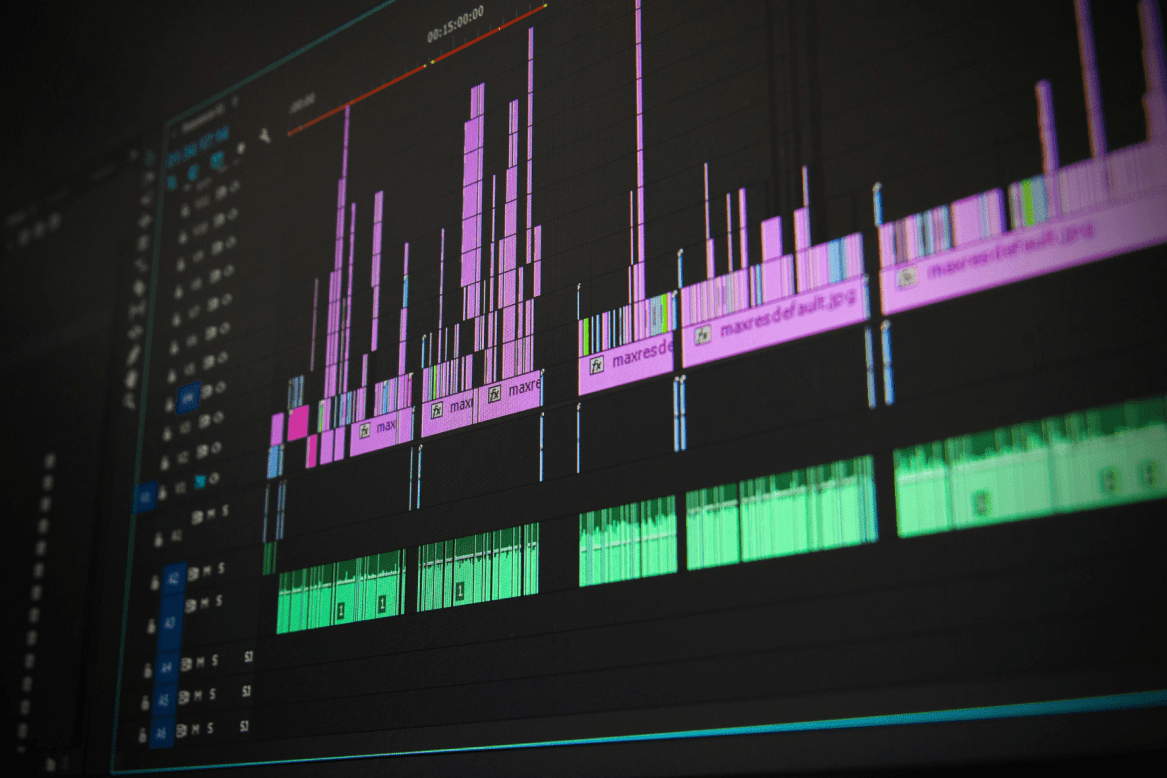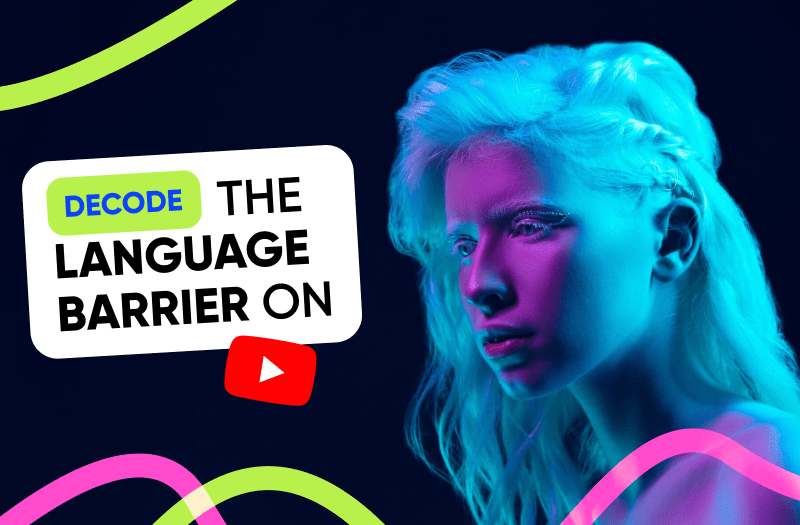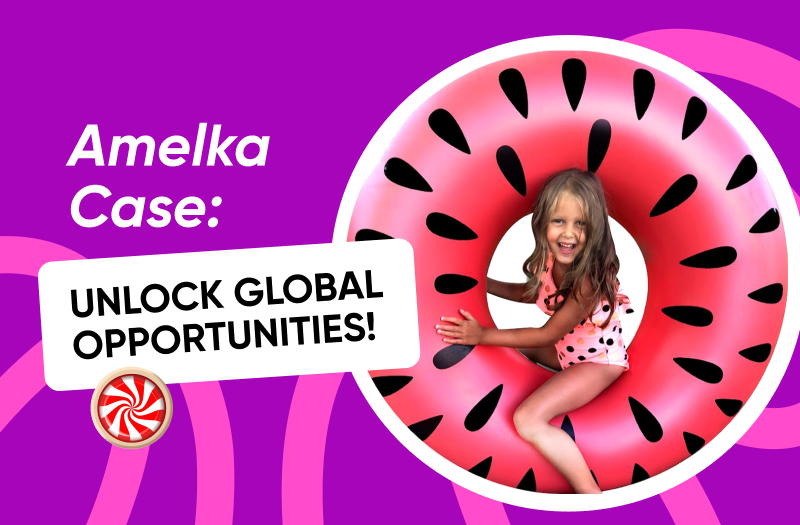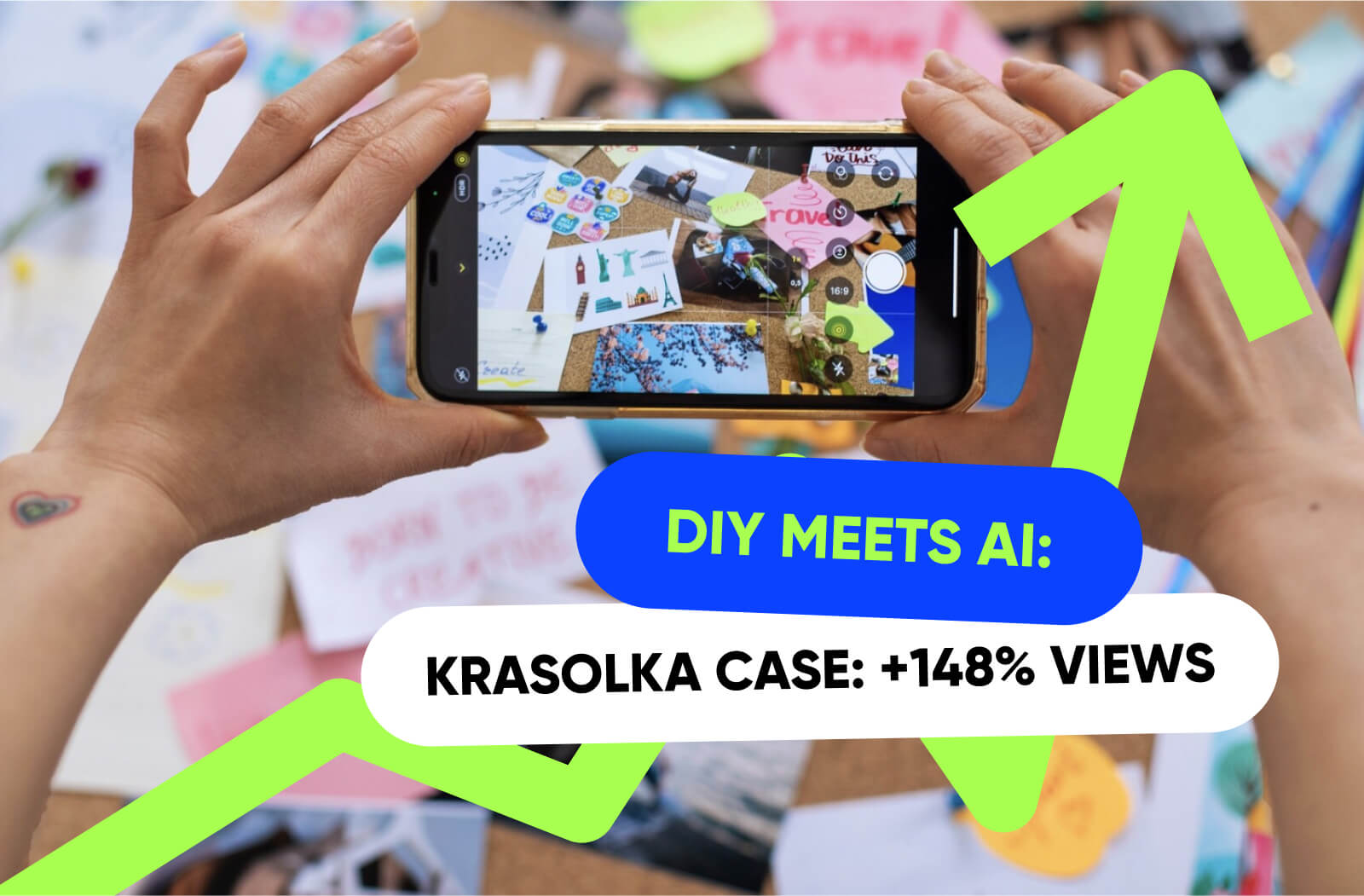
Not Sure Which Languages to Choose?
YouTube has over 2 billion monthly active users, and this presents a unique opportunity to reach a huge audience. One of the most effective ways to expand your audience is to translate your videos into multiple languages.
In this article, let's break down how to do this and which languages you should choose.
Why You Should Translate Videos on Youtube
First, let's understand why you should transfer your video content to YouTube in the first place. Even if you create your content in English, translating your videos will have a favorable impact on your performance and earnings:
Broaden Your Audience
The primary advantage of translating your videos is the potential to reach a much larger audience. By offering content in multiple languages, you make your videos accessible to non-English speakers.
Increase Engagement and Watch Time
Videos in a viewer's native language are more likely to be watched in their entirety. This leads to longer watch times and higher viewer retention rates. YouTube's algorithm favors high watch times, which can help your video rank and get recommended.

Boost SEO
Translation of your videos can significantly improve your search engine optimization and discoverability on YouTube. Multilingual content can rank higher in search results for searches in different languages.
Increase Revenue
A global audience can help you monetize your YouTube channel more effectively. Different regions may have different levels of ad revenue, and expanding your reach can increase ad revenue, sponsorships, and partnerships.
Many popular YouTube channels, from kids to educational ones, are already using this method to increase reach, audience, and revenue. And it works! For example, Kids Diana Show, one of the most famous kids channels, has successfully used this method. In 2018, AIR offered to translate and localize its content into other languages. In addition to English, Diana now 'speaks' several popular languages such as Spanish, Arabic, Hindi, Portuguese, Korean and other languages.
Contact our experts to help you localize your content if you want to increase your channel's audience, engagement, and subscribers.

Which Creators Have Achieved Success by Localizing Their Content
Localization has become a critical strategy for YouTube creators looking to expand their reach and attract a global audience. By adapting content for different cultures and languages, creators can significantly increase viewership and subscribers. Let's take a look at a few well-known YouTube creators who have achieved significant success by localizing their content.
Popular children's YouTube channel Kids Diana Show decided to localize their content to the most popular languages in the world in 2018. This has had a significant impact on the number of viewers and has helped to accumulate over 160 million subscribers. To achieve this success, they turned to AIR Media-Tech experts to help them translate their content quickly and correctly to reach new heights.
Another example of success is the Brave Wilderness channel. Note that since 2014, the YouTube channel has amassed over 21 million subscribers and scored several major wins, including Guinness World Records for the number of subscribers to a YouTube channel dedicated to animals and for the number of animal videos watched. To further expand their subscriber base, Brave Wilderness partnered with AIR Media-Tech and also decided to translate and localize their content.
By adapting content to different languages and cultures, creators can engage more deeply with diverse audiences, boost their viewership, and enhance their overall success.
How to Translate Videos on YouTube
Translating your YouTube videos can significantly expand your audience reach and improve engagement. Here are some effective strategies to help you translate your YouTube videos efficiently:
- Multi-Language Audio and Dubbing: It allows creators to upload multiple audio tracks in different languages for the same video.
- Subtitles: Subtitles make your content accessible to millions of potential viewers around the world. Translated subtitles can also help your video rank in search queries in other languages, which means more views from international searches and wider exposure.
- Full Translation and Localization: Also, one of the effective ways to entice users who may not speak your language. This allows you to foster a dedicated and engaged following in each region by tailoring your content and interactions to each language audience. For example, AIR Media-Tech partners with the famous YouTube channel Brave Wilderness (with 21 million subscribers) and will translate and localize its content, making this thrilling content accessible to a global audience.
Translating and localizing your content will be the right and effective step to grow your channel. AIR Media-Tech experts are ready to help you with proper localization as well as setting up and managing your channel. To get started or to learn more about how this approach can be tailored to your needs, contact our experts for customized support and solutions.

Top Languages to Translate
When choosing languages for translation, consider the following factors: global population, online presence, and relevance to your target audience. Here are some top languages to consider:
- 1.45 billion English speakers
- 1.18 billion Mandarin speakers
- 602 million Hindi speakers
- 548 million Spanish speakers
- 280 million French speakers
- 274 million Arabic speakers
- 257 million Portuguese speakers
- 134.6 million German speakers
- 125.4 million Japanese speakers
Translating your YouTube videos into different languages is a strategic move to grow your channel and connect with a global audience. While the languages you choose will depend on your target audience and content type, the ones listed above are a great starting point. By prioritizing these languages, you can maximize your reach, improve engagement, and unlock new monetization opportunities.
Potential Advertising Revenue (CPM) by Country
When choosing a language for translation, you need to take into account not only the size of your audience and native speakers but also the level of interest in your topic in certain regions. This directly affects the profit you will receive from advertising, views, and so on. To help you navigate the numbers, here are the approximate figures for CPM.
Disclaimer: YouTube is always changing, so the numbers can vary a lot. For exact figures and expert advice, contact AIR Media-Tech.
Countries with the Highest and Lowest YouTube CPMs
CPMs can vary massively by market, and knowing where the high-value traffic is helps you make smarter localization calls. Here’s a quick overview based on AIR’s 3,000+ channel dataset:
Highest CPM Markets
These countries tend to have strong economies and mature advertising industries. Great picks if your content fits their cultural context:
- United States — $14.67
- Australia — $13.30
- Switzerland — $12.98
- Norway — $11.21
- New Zealand — $10.21
- Canada — $9.93
- Germany — $9.79
- Denmark — $9.13
- United Kingdom — $8.91
Lowest CPM Markets
These markets may offer lower CPMs, but often deliver huge view volumes, high retention, and engaged audiences:
- India — $0.74 (over 450M YouTube users)
- Indonesia — $0.84 (100M+ users)
- Brazil — $1.64 (147M+ users)
- Philippines — $1.12 (58M+ users)
- Mexico — $1.82 (96M+ users)
- Vietnam — $0.85 (60M+ users)
- Pakistan — $0.53 (71M+ users)
- Bangladesh — $0.53 (45M+ users)
- Nigeria — $1.65 (35M+ users)
Market Size vs. Monetization Potential
High CPMs are great, but only if you can get meaningful traction in those regions. Sometimes, a lower-CPM country with massive demand (like India, Brazil, or Mexico) can outperform a premium market in total revenue just by scale.
The trick is finding the right balance:
- High-CPM countries are great for monetizing niche or premium content.
- High-volume regions help with discovery, virality, and growth, especially for Shorts and long-form with strong subtitles or dubs.
Want help choosing the right markets for your content? Reach out to the AIR team and we’ll break down the best fit based on your niche, content type, and growth goals.





